Don't wanna be here? Send us removal request.
Text
About Me
“When life gets hard, that’s the time to push the hardest”. This is a quote I have lived by and guides me to want to travel for the rest of my life! My name is Pietro and have a permanent travel bug. Whilst not a nomad, I do get excited with collaborating with diverse peoples and understanding their cultures. In the past, I have travelled through Asia in my childhood and dabbled in the sights of Europe. My motivation is to simply gain a better appreciation of my life with travel whilst also getting to see some pretty cool stuff around the world.
Pico Iyer said, “I like that stress on work, since never more than on the road are we shown how proportional our blessings are to the difficulty that precedes them”. My experience in third-world countries through Asia supports his claim since you never understand how privileged you may be without the experience of how people live on less. As I was before, I am drawn to travel as a means of becoming a more worldly being on top of opening my mind and heart as to what’s out there. I truly believe that every person you meet in life has something that you can learn from…so I have no choice but to go and meet more people! I hope to gain a better sense of the world and tie that into myself to never take what I have for granted. The fool would be the one who decides to shrink into their shell and never see what else is out there. After all, life is simple, we just live on a massive rock.

My country specialisation is Italy and I have zoned in on Florence as a point of interest. Florence has a tiered history that bleeds many stories and topics to speak about. From the Renaissance to WWII, it has a richness that can’t be replicated elsewhere in Italy. I speak towards Florence like a young Australian traveller. My target may be inexperienced with travel and unsure of what they can assume about the city, but I try to assure them of what they need to know. It is supposed to be slightly critical, fun and light for the reader in order to draw them in whilst providing useful information for a traveller.
Benvenuti al mio Blog….Enjoy!
0 notes
Text
Keep your hands to yourself, and the pickpocketers even closer (MARK)
Trevi Fountain…Spanish Steps…Colosseum…wow all great sights. But they wouldn’t be what they are without the pick-pockets. In 2018, tourists in Rome lost upwards of €50 million due to pick pockets in the streets. The risk factor is real seeing as 14 in 1000 people report losses. Imagine how more decide to cop it without reporting.
Not all faith is lost though since you can take preventative measures to avoid being pick pocketed. The Italian community generally use a small “borsetta,” or over the shoulder satchel for us English speakers to keep their valued belongings. The small bag sits in front of you and has covered zips. Pick pocketers find new ways every day to steal your hard-earned items but this is a good first step. Avoiding crowded areas and places where you can’t have your own personal space also aides. Try have an elbow’s distance around you at all times. My last tip is to be aware of how you may make yourself a target. Fly under the radar- don’t try to be seen in the pack. The biggest target is always the loudest and more importantly…more distracted. Keep to yourself and don’t yell out to your friends. They avoid people who look like they’ve got their wits about them.

Overall, you can have a safe and thrilling trip to Italy without being pickpocketed- just follow my tips! There’s nothing worse than returning home with lost belongings so never forget who may be around. Normalise safety and keep Italy safe. After all, if we all keep safe, we put the pick pockets out of a job.
0 notes
Text
la Bella Figura; what separates us from the Italians
Ughh….foreigners. Generally, Florentines stick their noses up at you like this. For such a culturally diverse city, the melting pot of renaissance is sick of tourists! From many reports, tourists from the western world receive snarls…but is this truly reflected in the words and actions of Florentines? To Italians, they speak the language of Dante and act as he would. Often what we perceive as their disgust at us is just how they live. Normally, you’d expect some grand greeting and warmth, but they do not operate like this.
One must subscribe to the “bella figura,” in Florence to understand why they live as they do. The concept roughly translates to keeping face and maintaining higher society politeness standards. To speak too loudly or to waste a grocery store attendants time does not follow the guidelines of the idea. Not even a smile to a stranger is appreciated! Culturally this is confusing for all westerners since we like to smile and make small talk with each other.
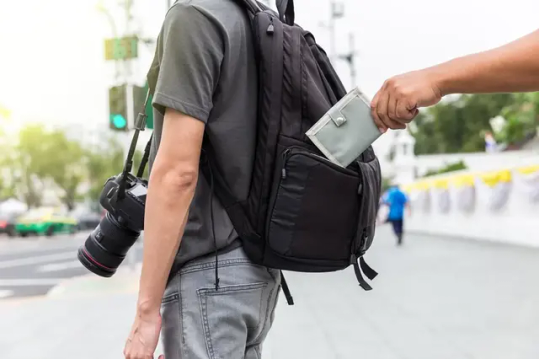
Australians have too many ways to say hello and we like to greet with warmth. It simply isn’t shared by the Florentines. The renaissance warriors have learnt through hardship to not blindly trust their neighbours as good people. Through the many internal regional wars and through the occupation of the Nazis in WWII, they have reason to believe no one can be trusted. Spare a thought for their past when defining them as rude, abrupt and rushing around. Next time you wish “buonasera,” in Florence, do it with a stern face and lack of excitement….maybe you’ll even feel like a local.
0 notes
Text
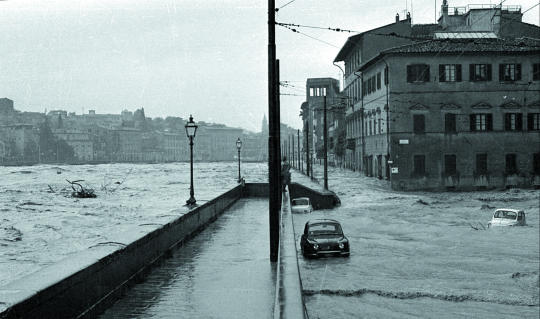
Restoration...the culmination of efforts to reinvigorate the Renaissance
Strength is built on countless hours of repetitions; not the one bicep curl you did on a Friday afternoon…the same can be said about Florence’s finest artworks. Thanks to the magnificence of Botticelli and Michelangelo, the city has become known as an artist’s dream holiday location. We don’t often talk about how hard it is to upkeep these works. Due to environmental factors even down to the mineral content in the air, they deteriorate over the years. Following the Arno River flood (1966), many artworks were destroyed or set for major restoration.
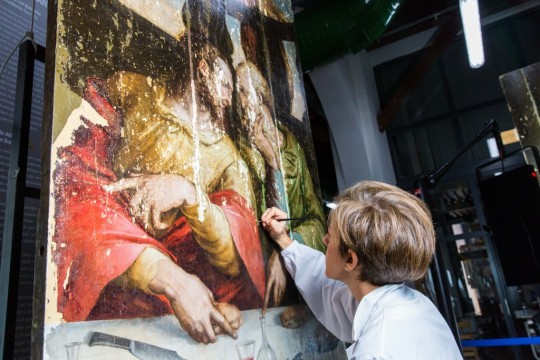
The world’s most renowned restoration institutions, ‘Opificio delle Pietre Dure,’ was tasked with the restorations following the devastating 1966 flood. Experts from the wider world were consulted with how to reconstruct and preserve the surface of paintings destroyed by the widespread flooding. The difficulty in the discipline stems from what methods must be used in each separate case to remove deterioration without removing the brilliance underneath. By giving the task over to an independent body, internationals were able to meaningfully engage in the Florentine landscape to restore the beauty created by our race. Skills unbeknownst to many others were used such as chemical restoration. I find it particularly important that internationals were consulted in this process since it would be a horror to find all the works that we revere for found in the rubble of a mismanaged city of the prosperous 60s.
In all our time, we must band together to assist when we are at our lowest. Even with tragedies such as floods and fires, looking outside of our abilities and consulting others (maybe even overseas) will ensure we find a peaceful end. Go check out the Uffizi gallery but never forget the extensive work they put in to restore its magnificent canvases.
0 notes
Text
An un-essentialist guide to Florence (MARK)
Florentine culture for travellers is extensively about the renaissance; the throwback to a time we sadly could never live. The transformative power of Florence is the Achilles heel of the city. It brings mountains of tourist money but also leaves the rest of its sights in the shadows. The Florentines are incorrectly personified as the guardians of the renaissance. The security guards of the Renissance benefit from the government subsidies due to tourism but also lose their peace from tourists. The whole city is not covered in attractive sights thus does not receive adequate attention to drive delocalised tourism. For the unexperienced tourist, this idea is lost due to their infatuation of the ancient sites.
Place essentialism is problematic in Florence since it denies tourists the opportunity to experience true Florentine culture. Groups will arrive to the city with preconceived ideas and avoid the wacky treats such as tripe rolls and Tuscan pate. They might miss the beauty of outer-city markets which at lower costs, feed the majority of the area. Essentialism is rose coloured glass for tourists and must be diminished. The focus on the renaissance could be compared to admiring how great the tip of an iceberg can be, but no one acknowledges the ice below the water. Place essentialism drives a narrative for the city of Florence. It denies any personal discovery of the regional culture. Would you want to be categorised by an incorrect persona to fit the tourism needs of your city? Travel, live and discover. No book will give you that at home.
The static ideal city that is created due to tourism, hinders urban development since the rich history of the city is so strongly preserved.

0 notes
Text
Dante's Mockery in Florence??? (MARK)
Street art in Florence playfully critiques the city’s Renaissance history. As you wander the ancient streets, you will come across the famed author of The Divide Comedy, Dante Allighieri. He is often depicted taking many forms and roles as people in today’s society. You may find Dante in noble or peasantry roles of today’s society. The art tries to humanize the figure who is seen as having a super-humanly status. Artists tend to focus their efforts on looking effortlessly natural in the old city to express themselves whilst also respecting the fortitude of Florence’s inner-city.
These two examples of Dante’s Allighieri were found around inner-city Florence. The first example of Dante in his signature red, shows him looking towards the sky on the left. His eyes and drooping nose express a certain disgust of his. He looks down on the people of Florence with disgust as the years go by as they fend further away from his ideal working backs in the 13th century. The moralistic system of all, according to him, have been skewed by new inventions and progress in society. The second version of him, adorned with tattoos and looking sternly towards the right is a mockery of him as a person from today. He embodies the modern-day Florentine. Bold, judgemental, and scathing the street art gives a taste on what tourists must expect visiting a place who loves their culture and country. If you do not assimilate in for your time there, both Allighieri’s will be in the spirits of the locals you meet.
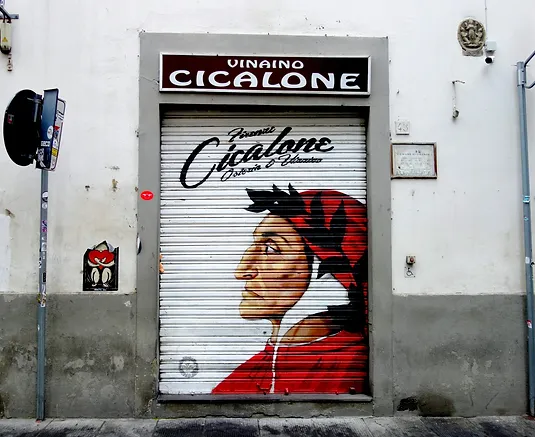
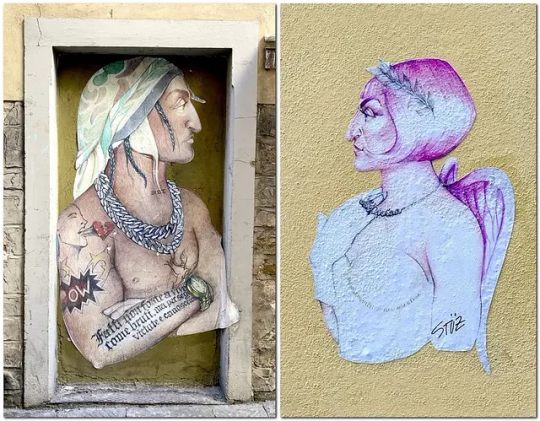
2 notes
·
View notes
Text
La Marzocco: Iconic, Powerful and Invigorating (MARK)
The ‘Marzocco’ lion of Florence stands tall as the totem of the city. Generous, proud and strong, the lion was seen as a symbol of the original protectors of Florence. In the late 14th century, early renaissance sculptors brought the culture of the city to life through their depiction of a lion. With Donatello’s early 15th century ‘Marzocco’ being most famous, the lions are often accompanied with the Florentine lily crest. Donatello’s lion was placed in la Piazza della Signoria (connected to Palazzo Vecchio) and has since crumbled due to weather effects. The memory of past lions has lived on with new lions being commissioned through the last 500+ years to be placed around the city in hopes of maintaining the presence of the lion in Florentine culture.
The Florentines feel strongly towards the lion since it embodies their struggles with the early plague, Italian unification and world wars. The lion is what differentiates Florentines from the wider Italian population due to its significance only in the region.
For touristic purposes, the lion is reproduced as smaller statues and on regular mementos although not being as popular as the Florentine lily. Beyond the grand façade, I challenge all to ponder on the effect that having such a figure as a symbol of the city. On a daily basis, would it lead the Florentines to be successful people? And for a traveller, do they believe the people embody the traits of a lion? Florentine society lives on the basis of its symbols from the Medici family to la ‘Marzocco’.
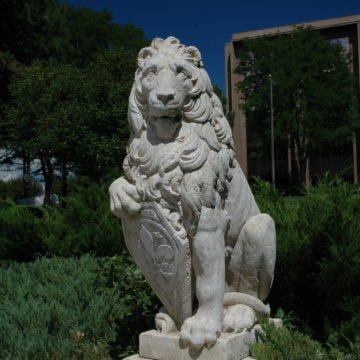
1 note
·
View note